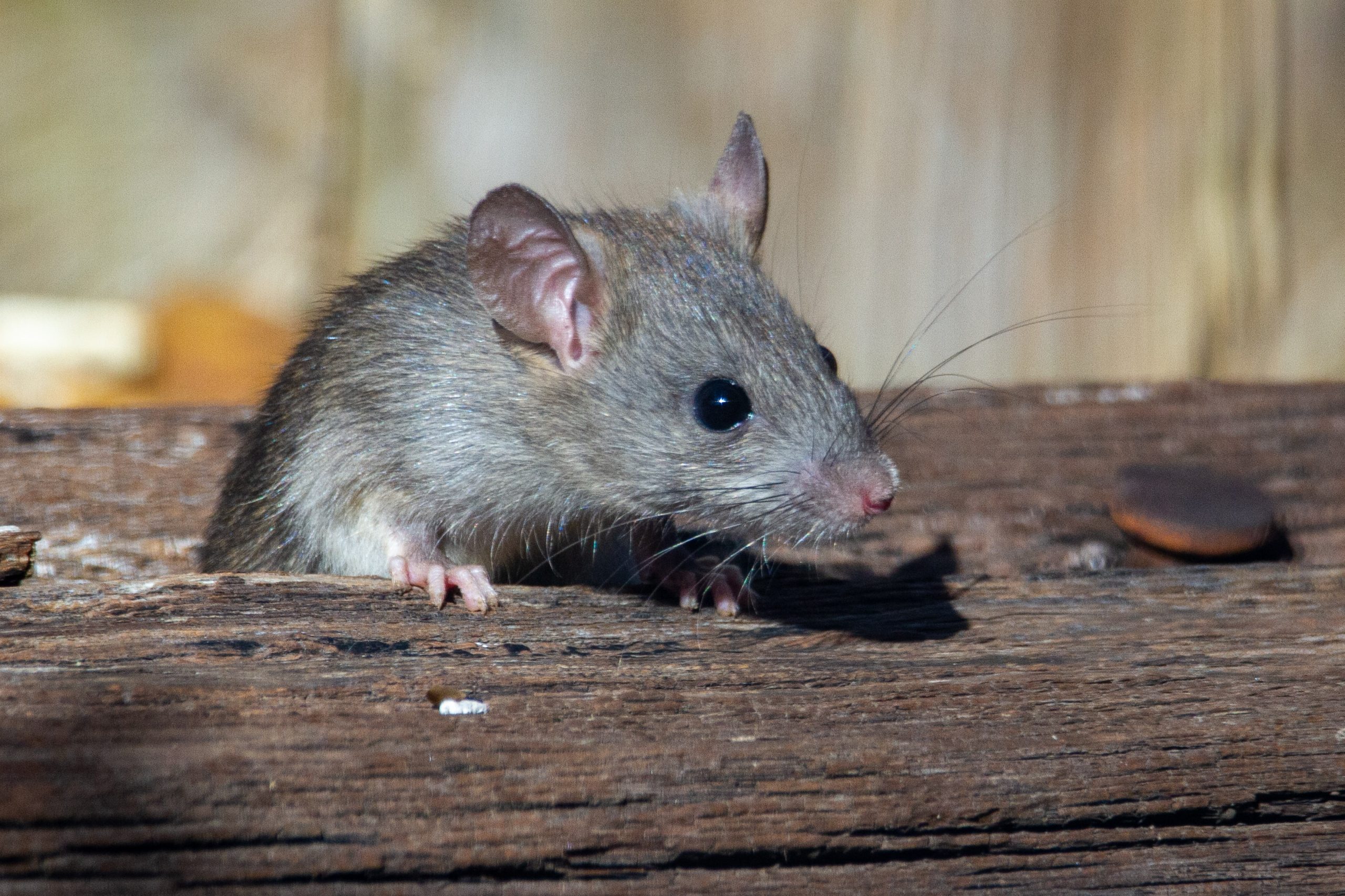2024-03-28 01:39:03

The prevalence of turtles, scorpions and mice is broadly expected to increase.
Peregrine falcons perched atop towering skyscrapers. Coyotes caught on camera playing in someone’s backyard. The pale green wings of a cabbage white butterfly perched on a flower blossom. Urban areas are awash in wildlife that faces growing pressures due to climate change, according to a study published today in PLOS ONE. The research, which looked at climate impacts on everything from mammals to insects in 60 of the most populous cities across the US and Canada, found that a warming world is moving many animals out of their historical geographic ranges and into new ones.
“Within a few years, the animals that you feed at your bird feeder might look very different,” said Alessandro Filazzola, the study’s lead author, who completed the research while he was a postdoctoral fellow at the University of Toronto Mississauga’s Centre for Urban Environments.
Filazzola and his team leveraged data from the Global Biodiversity Information Facility, which pulls data from community science apps like iNaturalist and eBird, to estimate roughly how many species are currently present in urban areas. They then paired that information with United Nations climate projections known as shared socioeconomic pathways, or SSPs. The researchers looked at what happened to wildlife under three different scenarios, from moderate warming of 1.4C over pre-industrial levels by 2100 – in line with the Paris Climate Agreement – to a mid-range warming of 3.6C to the most extreme possible warming of 4.4C with continued development of fossil fuels. So far the planet has warmed by 1.3C over pre-industrial levels.
“We saw that a lot of cities are seeing large changes,” said Filazzola. “Many species are moving in and many species are moving out.”
Among the broad trends identified in the study: Most vertebrates, including loons, canids (which includes coyotes) and amphibians will become less common across the cities studied. So too will the seemingly ubiquitous earthworm, though only one species of earthworm showed up in the data. The prevalence of turtles, scorpions and (in an exception to the vertebrates decline) mice, meanwhile, is broadly expected to increase.

“Ecologists are already very aware that species ranges are shifting with a changing climate, so it’s not surprising that this is also happening to a significant extent in cities,” said Carly Ziter, an assistant professor of biology at Concordia University, who was not involved in the study. “But it’s not something that I’ve seen as much attention paid to.”
Even under the lowest warming scenario, researchers found that the cities studied can expect at least 50 new species to move in and 40 to move out, though the turnover isn’t evenly distributed. Toronto, for example, is expected to lose between 40 and 195 of its estimated 888 species, but could gain between 159 and 360 new species by 2100 (where higher rates of warming are associated with both increased species loss and gains). Quebec City and Omaha, Nebraska are also among the cities predicted to have the largest increase in new species while experiencing the least amount of loss. In contrast, places like Atlanta, San Antonio and Austin are expected to lose more species than they gain.
It’s not just wildlife in jeopardy: Atlanta, for example, is on track to lose 13.5% of tree species by the end of this century, the study notes.
The cities with the lowest levels of expected species turnover are in the arid Southwest and include Las Vegas as well as Mesa and Tucson in Arizona. While climate change will likely make those places even drier, researchers suspect those ecosystems are already resilient to the encroaching changes.
Filazzola cautions that his study is a model study and, as such, has limitations. While the researchers only looked at climate as a factor, other factors such as species interaction are not captured by the model and could impact outcomes. But he hopes that the findings will encourage other researchers to follow this line of inquiry.
Species turnover isn’t just an important indicator of climate impacts, Filazzola notes: As animals move from their ecological niche, they can create nuisances for humans. Already, Southern Californians have to deal with a growing mosquito problem as Aedes mosquitoes, a species with a strong preference for biting humans, have moved into the region over the past decade.
Cities are also the site of frequent human-wildlife interactions, including both conflicts and delight. “With this great urban shift, many people will need to re-learn how to interact with the wildlife around them,” Ziter said. “Particular species can also have immense cultural or relational value for people. Even for urban dwellers who might see themselves as separate from nature, I think many people would feel less connected to where they live if familiar species were to disappear from the landscape.”
(Except for the headline, this story has not been edited by NDTV staff and is published from a syndicated feed.)
Turtles,mice,species in cities
Source link
![]()
